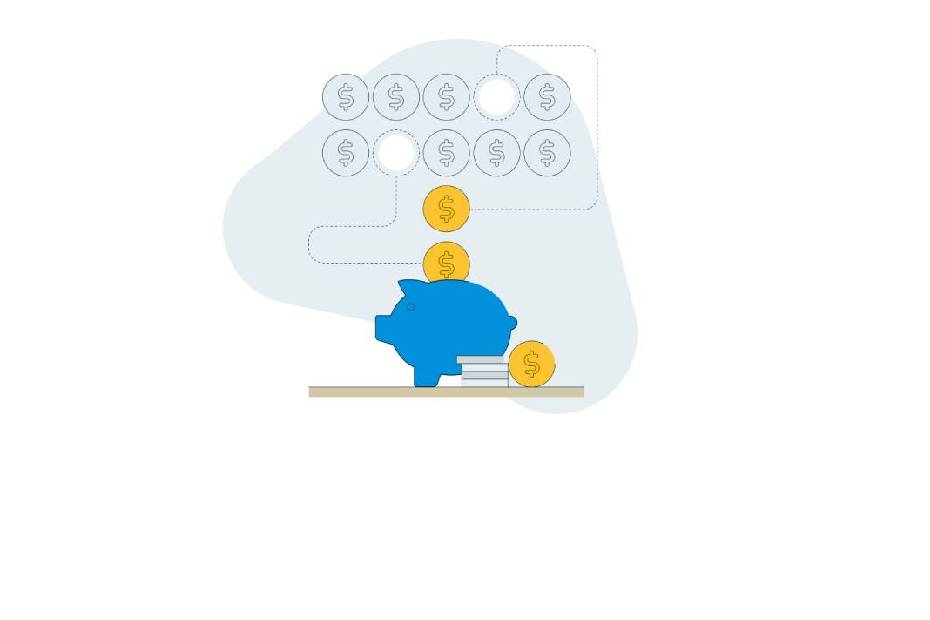As Fall settles in, routine offers a chance to reset, refocus and revisit our goals. Because when the world feels unpredictable, there’s real value in creating a sense of control.

Check in on your goals
First things first: before starting new habits, it’s worth taking stock of where you’re headed. Has anything shifted over the summer? How does saving for retirement stack up against other goals such as a buying a home or supporting a child’s education? Gaining some clarity here can help you stay focused on what matters most.
By utilizing the RBC digital tool, MyAdvisor you can help to stay on top of your goals and help to manage your overall investments

Get into a financial routine
Some experts say the secret to success lies in your daily routine – and money is no exception. When you make saving part of your everyday habits, you build consistency and keep up your financial momentum. Even small steps can add up. Paying yourself first – by automatically setting aside savings – can help turn good intentions into lasting progress.
A steady routine makes it easier to stay on track, especially when life throws in distractions, challenges or surprises. And let’s face it – these are inevitable!
Tip! Start with what is comfortable and stay consistent. Whether it’s a set amount or a percentage of each paycheque, consistency is what’s important here. Focus on progress, not perfection.

Optimize through payroll contributions
Automatic contributions to your employee savings plan can be a powerful tool to help you amplify your saving and investing efforts. Because the money comes off your paycheque before you see it, it’s easier to stick with your plan and avoid the temptation to spend.
As your income grows, consider increasing your contributions. It’s a smart way to boost your long term savings, take full advantage of your employee benefits and reach your financial goals by paying yourself first.

Develop resilience from uncertainty
It feels as though economic uncertainty has been lingering for some time. Markets have been shifting under the weight of interest rate uncertainty, talks of recession, trade tensions and global conflicts. And many investors are unsure how to respond.
While no one can predict what’s next, that routine you’re building can offer stability. Regular investing also lets you take advantage of dollar cost averaging – a term that refers to what happens when you invest a fixed amount at regular intervals regardless of how markets are performing. When markets are down, you automatically buy more units of your investment at a lower price. When markets go up, the money you have invested grows. This strategy helps you stay disciplined and avoid emotional decision-making during periods of volatility.
There’s something about September that invites a reset. It’s a time to get organized, return to structure and make space for what matters. By taking a few small steps – like checking in on your goals, building consistent habits and making the most of automatic contributions – you can turn routine into real financial resilience.
This article is intended as general information only and is not to be relied upon as constituting legal, financial or other professional advice. A professional advisor should be consulted regarding your specific situation. Information presented is believed to be factual and up-to-date but we do not guarantee its accuracy and it should not be regarded as a complete analysis of the subjects discussed. All expressions of opinion reflect the judgment of the authors as of the date of publication and are subject to change. No endorsement of any third parties or their advice, opinions, information, products or services is expressly given or implied by Royal Bank of Canada or any of its affiliates.


















